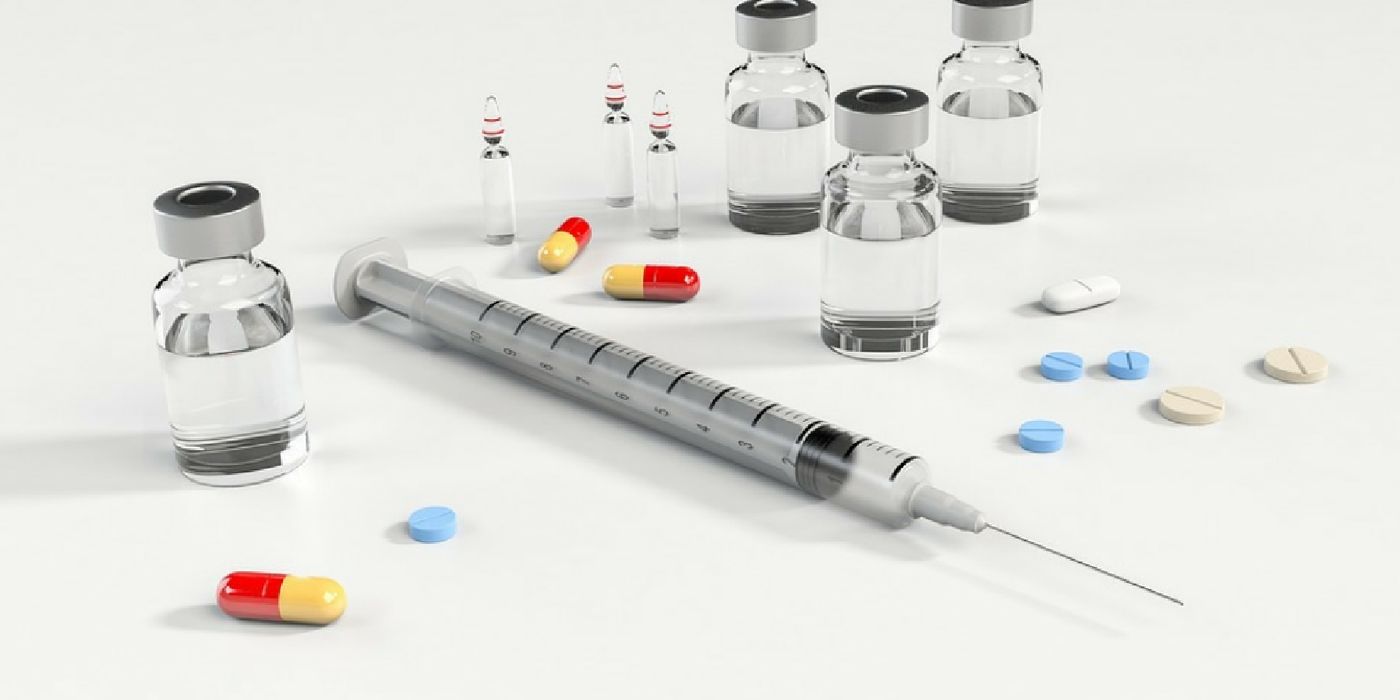Americans are Making Themselves Sick
Americans are making themselves sick by taking the wrong medications at home, a new study reports.
We all have to medicate ourselves or our loved ones at home, at some point or another. But without direct supervision from a healthcare professional, we’re prone to mistakes. And when it comes to medical dosing errors, a mistake can quickly land people in the hospital.
To study the rate of medical errors at home, researchers analyzed call data to the poison control centers across the U.S over the span of 13 years (2000 to 2012). In particular, the team focused on calls due to in-home medication errors that lead to “serious medical outcomes” and requiring medical treatment. Medication errors include taking or giving the wrong drug dose or the wrong medication all together. In many cases, patients were taken their medicines more often then was prescribed.
In the 13-year span, the poison control centers had more than 67,000 calls related to medication errors. Of those cases, about a third of people had to be hospitalized, and about 400 resulted in a patient’s death.
Another cause for alarm is the seemingly rising trend. The number of cases totaled to 3,065 in 2000, but by 2012, the numbers more than doubled to 6,855. The authors estimate that the rate of medication error doubled from 1 case per 100,000 Americans in 2000 to 2 cases per 100,000 Americans in 2012.
Medications with the most usage errors included drugs that treat chronic conditions, like cardiovascular disease (beta blockers, calcium antogonists), diabetes (insulin), and pain (acetaminophen and opioids). The most common symptoms resulting from a medication error were low blood pressure, drowsiness, irregular heart rate, and dizziness.
Why are Americans getting sick from the medications that are supposed to make them better? Confusing labeling is a huge contributor.
If you’ve ever picked up a prescription, you already know that in addition to information on the pill bottle, the pharmacist also hands out a separate packet of information. More likely than not, we ignore the information in the packet because it’s long and seemingly impossible to understand. We rely on the information on the actual bottle, but directions about when and how to take the drug can still be obscured.
"Drug manufacturers and pharmacists have a role to play when it comes to reducing medication errors," said Henry Spiller, a co-author of the study and director of the Central Ohio Poison Center at Nationwide Children's Hospital. "Dosing instructions could be made clearer, especially for patients and caregivers with limited literacy or numeracy.” The onus, the authors argue, should be on manufacturers to simplify drug information for patients.
But patients and their doctors also have to take some responsibility in reducing medication errors. Patients should avoid using drugs off-label – that is, using a drug for a condition other than what the drug was prescribed to treat. Furthermore, patients should only take the medication once they’ve fully understood the directions from their doctor or pharmacist. With 24-hour pharmacies on the rise, it’s easy to pick up the phone and get another opinion from a trained pharmacist.
Additional sources: Live Science


![WGS for rare disease diagnosis [eBook]](https://d3bkbkx82g74b8.cloudfront.net/eyJidWNrZXQiOiJsYWJyb290cy1pbWFnZXMiLCJrZXkiOiJjb250ZW50X2FydGljbGVfcHJvZmlsZV9pbWFnZV84MmRlM2UyYjA5M2Q3ZTYwOTI3Zjc1YTRjOWU2N2RmMjkzMThjMTJkXzI1MDcucG5nIiwiZWRpdHMiOnsidG9Gb3JtYXQiOiJqcGciLCJyZXNpemUiOnsid2lkdGgiOjcwMCwiaGVpZ2h0IjozNTAsImZpdCI6ImNvdmVyIiwicG9zaXRpb24iOiJjZW50ZXIiLCJiYWNrZ3JvdW5kIjoiI2ZmZiJ9LCJmbGF0dGVuIjp7ImJhY2tncm91bmQiOiIjZmZmIn19fQ==)






